Ensuring The Quality of Concrete - Cube Testing
- akpremakumara

- Nov 15, 2020
- 5 min read
Updated: Nov 15, 2020
INTRODUCTION
Concrete is one of the major and vastly used construction material all around the globe, due to its' higher strength properties and highly benefitable cost to construction ratio. With the increase of utilizing concrete in various types of construction activities, ensuring the quality is essential in order to ensure the strength, stability and durability of the respective structures.
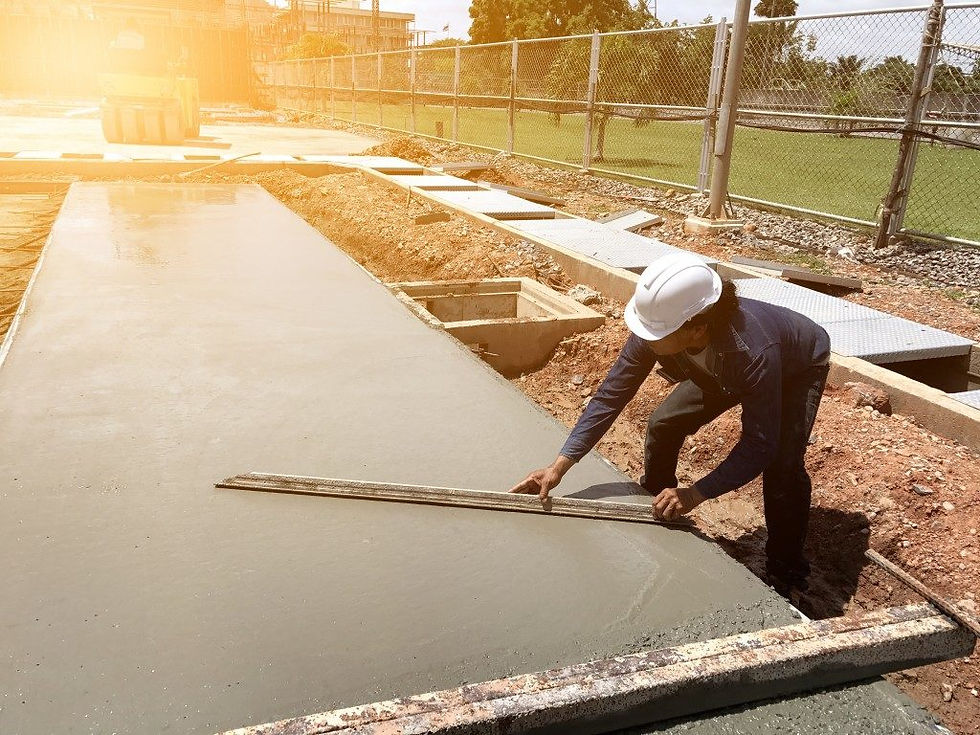
On a previous article, a common test carried out in order ensure the quality of concrete at sites ,Slump Test was discussed in detail.
Slump Test
https://akpremakumara.wixsite.com/civilengexplorer/post/ensuring-the-quality- of-concrete-slump-test
In this article, another common yet essential test carried out regarding any concrete casting operation - Cube Test (Compressive Strength of Concrete) is focused thoroughly.
WHY IS IT REQUIRED ?
Concrete is known to be good at its' compressive strength. (Usually given in N/mm^2). When designing any load bearing structure, this compressive strength of concrete is mainly focused in order to determine,
the dimensions of the load structures
casting procedures
requirements of the false works and many more.
So, in order to ensure the quality, strength and durability of the structure, concrete is expected to present the required compressive strength in all the casted locations. Most efficient and practical approach to test this, is to cast cubes from the same concrete which been poured at site.

Source - Rocketrentals.com
BS 5328- Part1:1997 specifies the number/amount of cubes to be casted according the casting object and concrete volume.

PROCEDURE
Phase 1 - Preparation of the moulds
Carefully assemble mould and tighten the screws properly, to prevent any exude of concrete.

Source - CMT.com
Make sure the mould is clear from any debris/outside contaminants and from presence of defects as well (Faults, Cracks, disconformities, etc.)
Applying oil on the interior surfaces in the mould is essential before pouring concrete into the mould. (For convenience in removing the mould after the concrete being hardened.)
Phase 2 - Taking the sample from the concrete Batch
Step 01
Determining the number of scoopfuls required to cast the cubes. (Ex :- Pair of 150 mm cubes - 4 scoopfuls)
BS 1881 : Part 101 : 198


Standard Scoop(Dimensions in mm)
Step 02
After calculating the number of scoopfuls required to mould the concrete cubes, roughly divide the concrete batch into the above number having equal quantities.
Eg :- 4 Scoopfuls - 4 dividends
(When concrete sampling to be conducted, from a ready mix truck or batch mixer, make sure to discard the first and last parts of the concrete mix before accounting for sampling process)
Step 03
Take a scoopful from each dividend and collect them to a mixing tray/container.
Afterwards, give a thorough mix to the concrete by forming and dissolving at least 3 cones of concrete.

Phase 3 - Preparation of the concrete cubes
Step 01
Fill the pre-prepared moulds with concrete in 3 different layers, each having a approximately a height around 1/3 of the height of the mould. (Eg :- 150 mm mould - 50 mm layers)

Each layer need to be compacted properly before proceeding to placing the next layer.
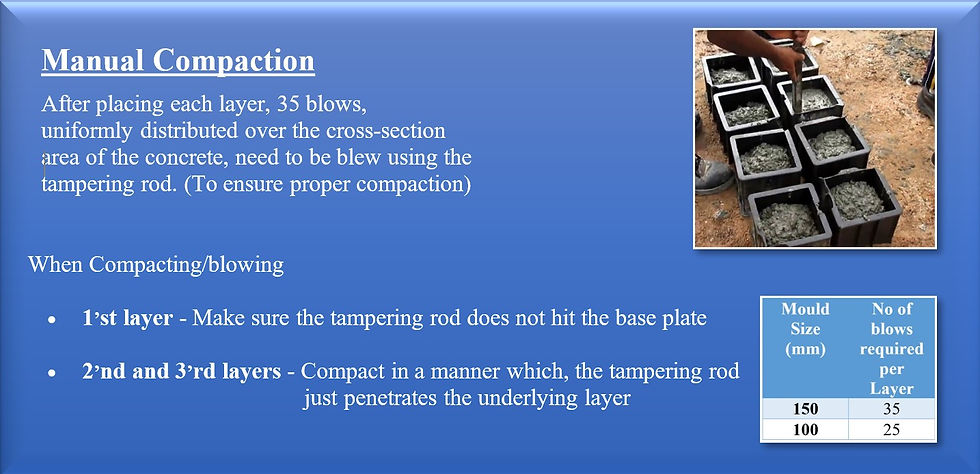
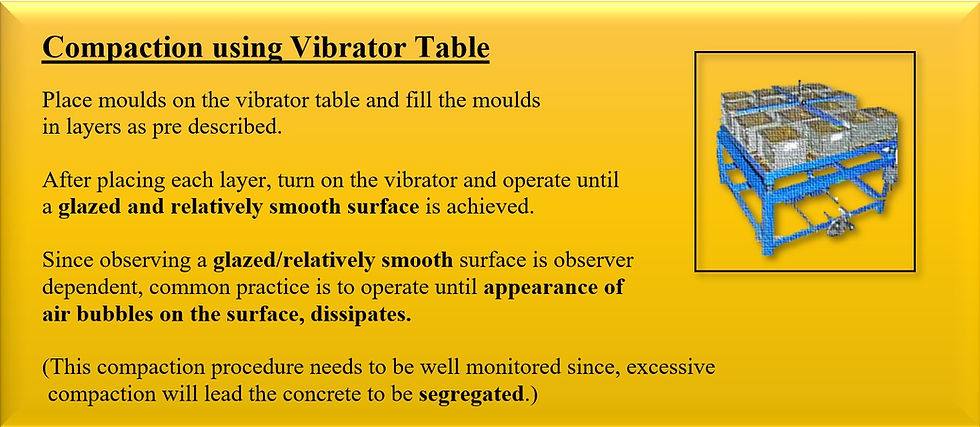
Step 02
Then after the compaction of top layer, level the surface utilizing a trowel and clean the exterior of the mould using a moist cloth.
Step 03
Immediately after completion on the preparation of the concrete cube, Make sure to Label the cubes Properly (Eg:- Cube No, Casting Location, Time of preparation, etc. )
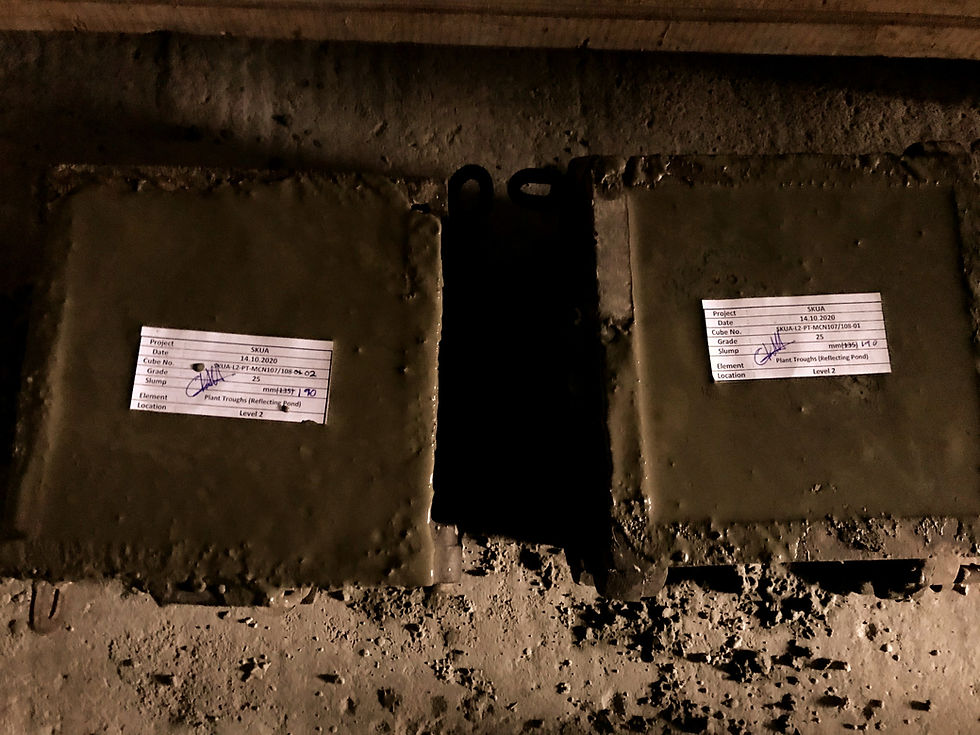
Phase 4 - Curing
Step 01
After Labeling the cubes, keep them in a place, which is free from Vibrations and prevents Moisture lost for 16-28 hours.
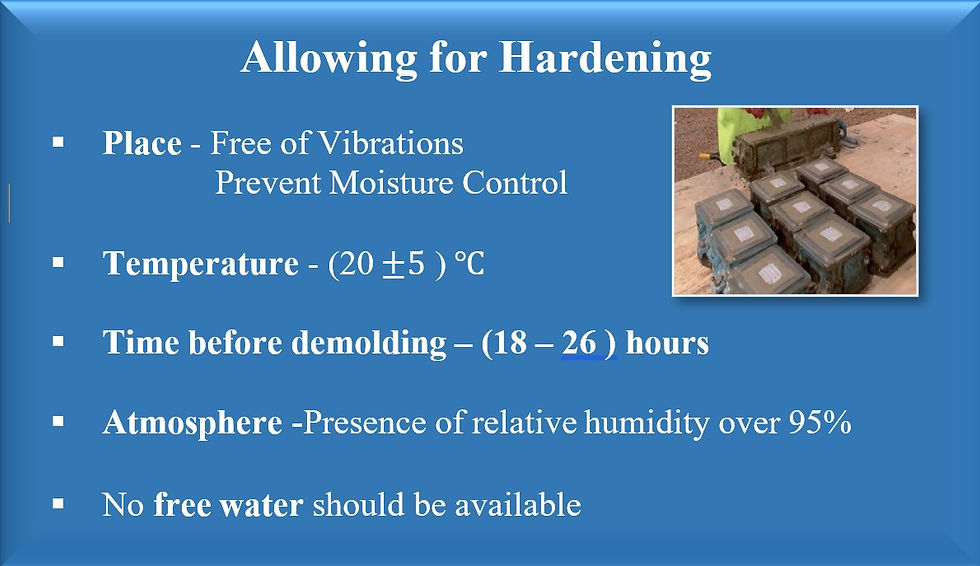
(Labelling the cubes can be proceeded after the demolding as well, make sure that all the cubes are labelled clearly without any conflict.)
Step 02
After demolding, immerse the cubes in the water immediately and keep them submerged until the dispersion of air bubble ceases.

Source - researchgate.com
Step 03
Drain the cubes and cover the cubes properly with polyethene covers and transport them to testing premises within 5 days. (Avoid Moisture Loss)
Keep the cube in the polyethene cover not less than 5 days and no more than 6 days. Then allow the cube to dry in laboratory conditions.
If the testing premises does not contain controlled laboratory conditions, its better to immerse the cubes in water until the required age of testing.
Phase 5 - Testing Procedure
Step 01
Make sure the bearing plates of compressive strength apparatus are clear and free from any contaminants. (Testing apparatus should comply with BS 1881-115)
When auxiliary platens are being used, make sure the top platen rests on the cube while being aligned to, as well.

Source - iricen.gov.in
Step 02
Take the dimensions of the cube.
(If the dimensions of any cube, differentiate in more than 1% from the nominal value, take the average value for dimensions as in BS1881-114:1983.)
Remove any cubes presenting significant defects and clearly indicate those in the report.
Weigh the cubes and derive the density of the concrete accordance with BS1881-114
Step 03
Immerse the cubes for a minimum of 5 minutes, which were allowed to dry in laboratory conditions.
(Testing should be conducted while the cubes are still wet)
Wipe the excess water from cube surfaces.

Source - civildigital.com
Step 04
Carefully place and center the cube in lower platen (Auxiliary platens - Both Top and Bottom Platens) and make sure that, load will be applied in opposite sides of the cast cube. (Perpendicular to the cast direction)
Center the cube in an accuracy of 1% from the designated size of the cube.

Source - Civil Engineering Forum
Step 05
Without shock, apply a continuously increasing load ( 0.2 N/(mm2·s) to 0.4 N/(mm2·s) by the apparatus until no greater load can be sustained.

Source - Giatec Scientific.inc
In Manually controlled machinery, when the failure of the cube approaches, the loading rate will start to decrease. In such circumstances the machine should be operated as far as possible from the specified loading rate. Then denote the maximum recorded value.
Afterwards derive the compressive strength of the concrete by dividing maximum recorded load by the cross sectional area of the element. (to nearest 0.5 MPa)

********************************************************************
ANALYSIS OF THE RESULTS
1. Failure Pattern
BS 1881-116:1983 specifies the satisfactory failure patterns of the concrete cubes as followed.

The results/compressive strength of the cube is approved as a sample of the casted concrete only if the failure pattern corresponds with above failure types.
Any other type of failure is identified as unsatisfactory failures and BS 1881-116:1983
categorizes them as followed.
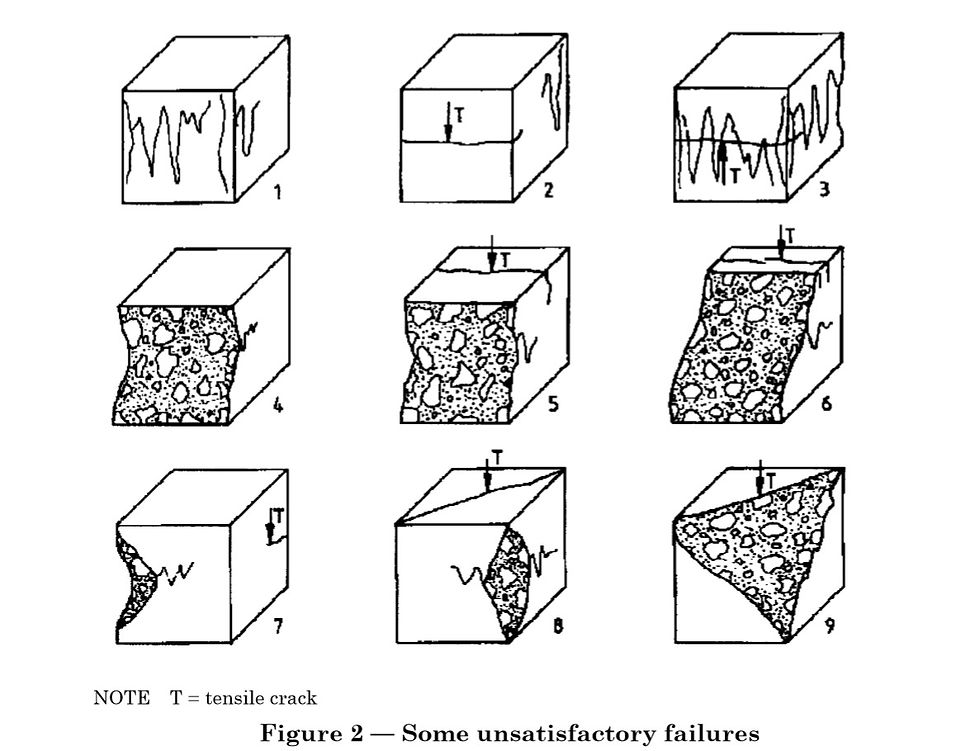
2. Strength

7 Days Compressive Strength
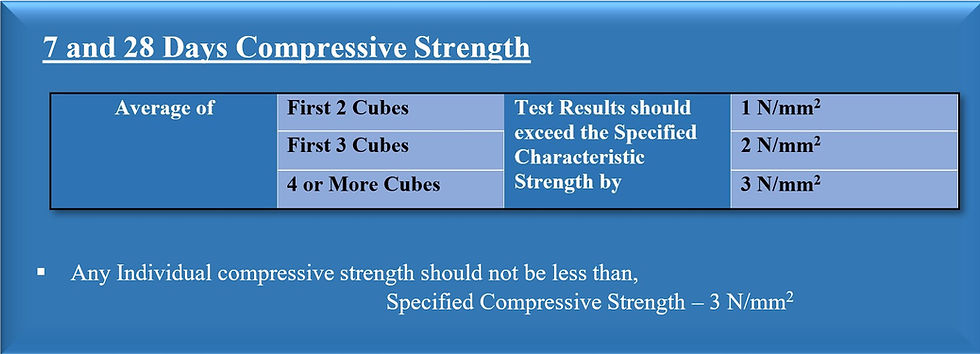
7 and 28 Days Compressive Strength
3. Deviation
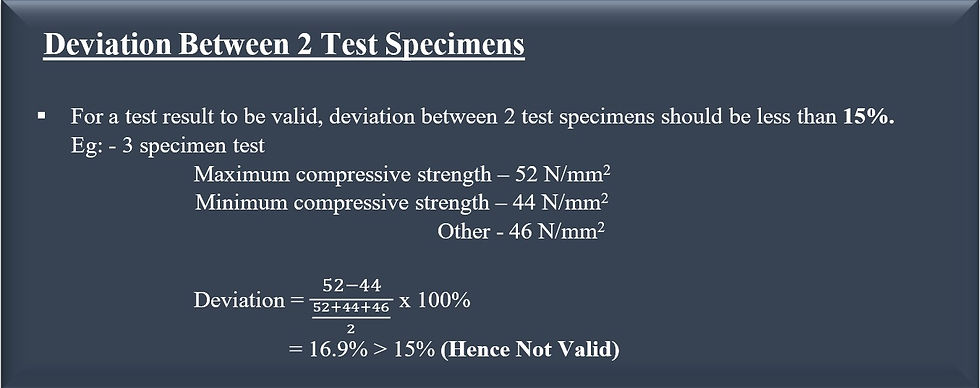
Allowable deviation between 2 test Specimens
TEST REPORT
A test report on compressive strength of concrete cubes shall include,
Identification of the Cube
Location of the Casted Concrete
Average Dimensions
Weight
Density
Date of Cast
Date of Test (If Necessary, Time of test)
Curing Conditions
Age of the cube
Cross Sectional Area
Gauge Reading at Failure
Compressive Strength of Concrete
Failure Pattern (Sketch)
Test Method and the Standards followed
Temperature at the Testing Facility at Testing

Typical test report on compressive strength of concrete cubes
IMPORTANACE ON ASSURING THE QUALITY OF THE CUBE TESTS
Cube test on concrete is the most economical and essential test to be carried out, to check the strength of the casted concrete.
While conducting this test, its crucial that the procedures illustrated by BS Standards, (or any other Standards) are followed exactly without any deviation.
Any slight deviation will end up providing false data on the casted concrete.
Eg :-
Improper Compaction - Lower Compressive Strength of Concrete
Improper Curing - Presence of deformities in cubes, Hence lower Strength in compression
Such circumstances would leave the constructor to rely on tests conducted on casted concrete, which is way more expensive and to mention complex as well. Such as,

REFERENCES
BS-EN 12390-3
BS 5328-1-1997
BS 1881- Part 124-88
BS 1881 : Part 101 : 1983
BS 1881-116 : 1983
BS 1881-113 : 2011



Comments